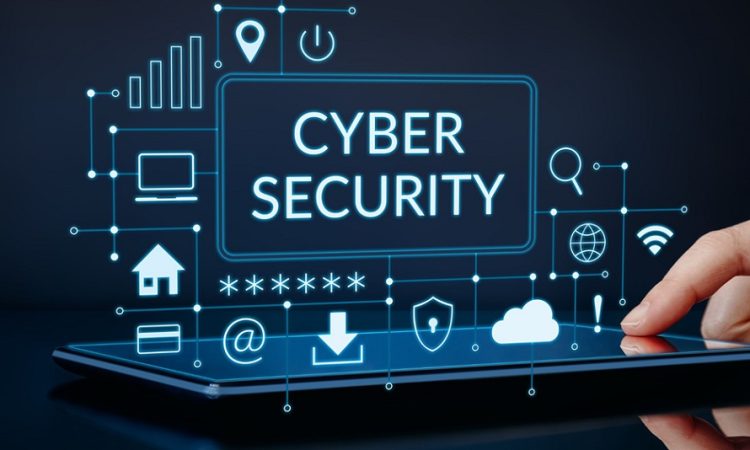
As more businesses continue to adopt cloud computing, cyber security in the cloud has become a critical concern. Organizations are now seeking strategies to protect their valuable data and digital assets from ever-evolving cyber threats. This article dives into the top things you must know about cyber security in the cloud and how to protect your organization from cyber-attacks.
The Importance of Cyber Security in the Cloud
The increasing reliance on cloud technologies has made businesses more susceptible to different types of cyber attacks. While the cloud offers enhanced flexibility, cost savings, and scalability, it also exposes organizations to unique and potentially damaging security risks. By understanding the essentials of cyber security in the cloud, you can better protect your critical assets and maintain a secure digital environment.
Things to know about cyber security in the Cloud
The Role of Shared Security Responsibility
In the cloud environment, security is a shared responsibility between the cloud service provider (CSP) and the user (customer). The CSP manages the underlying infrastructure, while users are responsible for securing their data, applications, and user access. For instance, if you seek cyber security, understanding and implementing the shared security responsibility model is essential for effectively safeguarding your assets.
Encryption: A Fundamental Protection Measure
Data encryption is a fundamental security practice that ensures data privacy and confidentiality. In the cloud, encrypting sensitive data at rest and in transit can protect your information from unauthorized access and tampering. Additionally, it is vital to manage encryption keys securely and use strong industry-standard algorithms to enhance the protection of your critical data.
User Access Controls and Identity Management
Effectively managing user access controls is crucial for maintaining a secure cloud environment. Implement proper authentication and authorization mechanisms, such as two-factor authentication (2FA) and Single Sign-On (SSO), to verify the identities of users accessing your cloud resources. Regularly review and update user access permissions to ensure that only authorized personnel can access your sensitive data and applications.
Regular Monitoring and Security Assessments
Continuous monitoring and regular security assessments play a pivotal role in identifying and addressing vulnerabilities in your cloud environment. Conducting periodic risk assessments and penetration tests helps you understand the security posture of your cloud infrastructure and applications. Additionally, keeping up with the latest cybersecurity trends can help you stay one step ahead of evolving threats. So, regularly monitor and assess your cloud security and take appropriate measures to protect your data.
Incident Response and Recovery Planning
Establishing a robust incident response and recovery plan is essential for mitigating a cyber attack’s impact on your organization. This plan should outline the steps necessary to detect, respond to, and recover from security incidents affecting your cloud resources. Regularly testing, updating, and rehearsing the plan ensures that your organization is prepared to tackle any cybersecurity challenges that may arise.
To Sum Up
Businesses must take a proactive approach to address the unique challenges posed by cyber security in the cloud. By implementing robust safeguards, such as data encryption, access management, regular monitoring, and incident response planning, organizations can create a strong cloud security posture that significantly reduces the risk of cyber attacks.
Additionally, understanding the shared security responsibility model and working closely with a reliable cloud provider for cyber security in Atlanta can help organizations maintain a secure environment. So, take the necessary steps to protect your cloud infrastructure from cyber threats and ensure the safety of your critical assets. Thank you for reading!
